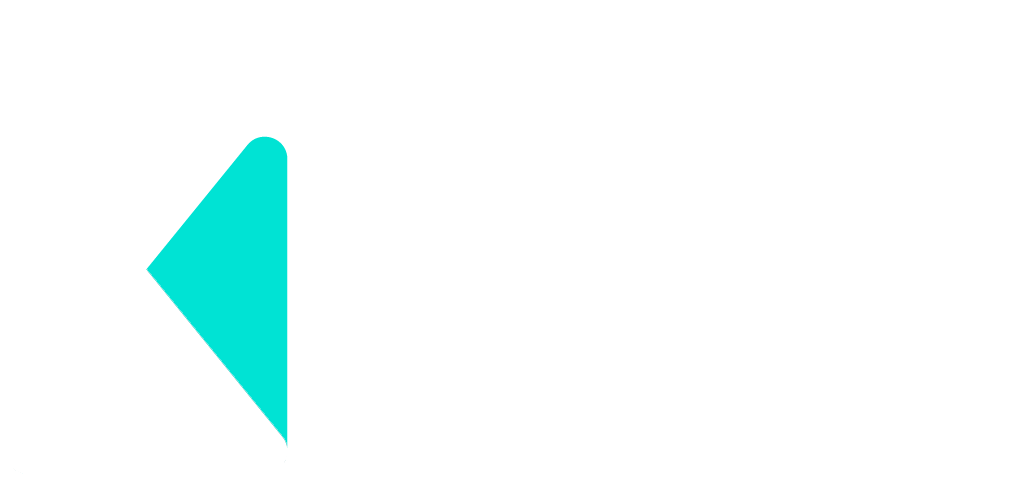24
November12 Things You Need to Know About Overwatch
This level of inclusion might not mean that much to gamers, but after showcasing the game to a few close friends, including female and minority gamers, we were all in agreeance that Blizzard’s design decisions made the game resonate with us more so than other games have, even if they aren’t an integral part of the experience. Still, as much as I am a fan of the diverse characters of Overwatch, the diversity within the game’s playable heroes is only one facet of the game’s dedication to inclusivity. While there are plenty of diverse characters, there are a few traditional, archetypal ones as well, though these are used to great effect.
Imagine my surprise when I was looking through the cast of characters and stumbled upon Symmetra, a support character who has the ability to bend and reshape light into mechanical constructs. While there are a growing number of characters of Indian descent in video games ( The Order: 1886 and Assassin’s Creed Syndicate feature a few), it’s very rare that they are featured as playable characters. I immediately took her for a spin, and after I decided to check out the complete roster of playable characters.
If there's one constant in video games, it's that rocket launchers are always cool, period. Pharah, Overwatch's resident flying explosive expert, is no exception to this rule, as she has the potential to devastate an entire enemy squad when used properly. Her main weapon, the aforementioned Rocket Launcher, is not only incredibly powerful when it makes direct contact with an enemy, but it also possesses fairly large splash damage, so you don't necessarily need to worry about hitting foes directly. This is a wonderful weapon for taking out enemies that thrive on camping, like Bastion, Hanzo and Widowmaker. In addition to the Rocket Launcher, Pharah also possesses a jet pack mapped to her jump button. Not only does this allow her to reach higher ground for sneaky firing tactics, but it also allows her to hover in mid-air for a limited time when used properly, making all of her abilities all the more surprising.
Overwatch Esports’s tutorial system does an excellent job at introducing players to the basics, but the lessons don’t end there. Every menu and on-screen cue does an excellent job of doling out information to the players at a comfortable pace; character select screens detail and explain each character’s roles, whether that be support, offense, defense, or tank. Specific abilities and weapons for each character can be accessed in-game, and you’re able to switch characters on the fly if need be. The game also assigns a difficulty rating for each character, allowing newcomers to shy away from more complex heroes. Better yet, the game will often tell you when your team is unbalanced, letting you know what roles your team is lacking.
To that end, there’s only so far community/consumer-made satire can go and as hilarious or as insightful or indeed unsettling some of these "creations" might be, we’re not the ones in charge. Or better put, the ones who lie on the other side of that seemingly impervious wall that separates "the industry" from the rest of us. If there’s ever to be a time when that barricade at least feels like it’s been breached, it’s when a developer or creator does the [hard] work for us. So when the likes of Hideo Kojima proves (yet again) he’s more than happy to poke fun at what should be his pride-and-joy …that’s great. Admittedly funny too, while I’m at it. It’s great because, as mentioned, it helps de-myth this alleged disconnect…and proves that those working hard behind the scenes, are not (as much as you might think) all in it for the green. That some of them actually care about the reaction and presentation of certain themes, characters, whatever as they as much the critically-analysed presentation of the end product.
In an era where games are released unfinished to make a profit later and fighting games suffer from player bases where character access is gated off behind DLC, Blizzard’s decision to patch in new matches, modes, and characters for free rather than asking players to pay for the privilege is nothing short of incredible. If Overwatch’s community begins to dwindle, it won’t be because they’re divided between base game players and those with the money to buy extras, because Blizzard’s decision means that anyone who picks up the game will have the same access to modes, maps, and heroes as everyone else. Speaking of heroe
Overwatch is one of the year’s most-hyped games, and not just because of promising first impressions and its impressive pedigree. Since the game’s reveal in 2014, Blizzard has periodically released trailers , comics , and video shorts that give glimpses into a world torn apart by a cataclysmic war, a new civil rights movement, and clashes between governments, corporate interests, and militias. The story of Overwatch’s creation as a peacekeeping force, its fall from grace, and newfound resurgence in a world that needs it more than ever is far more in-depth than one would expect from a multiplayer shooter. The video shorts produced thus far are Pixar-level quality, and are good watching even for non-gam

